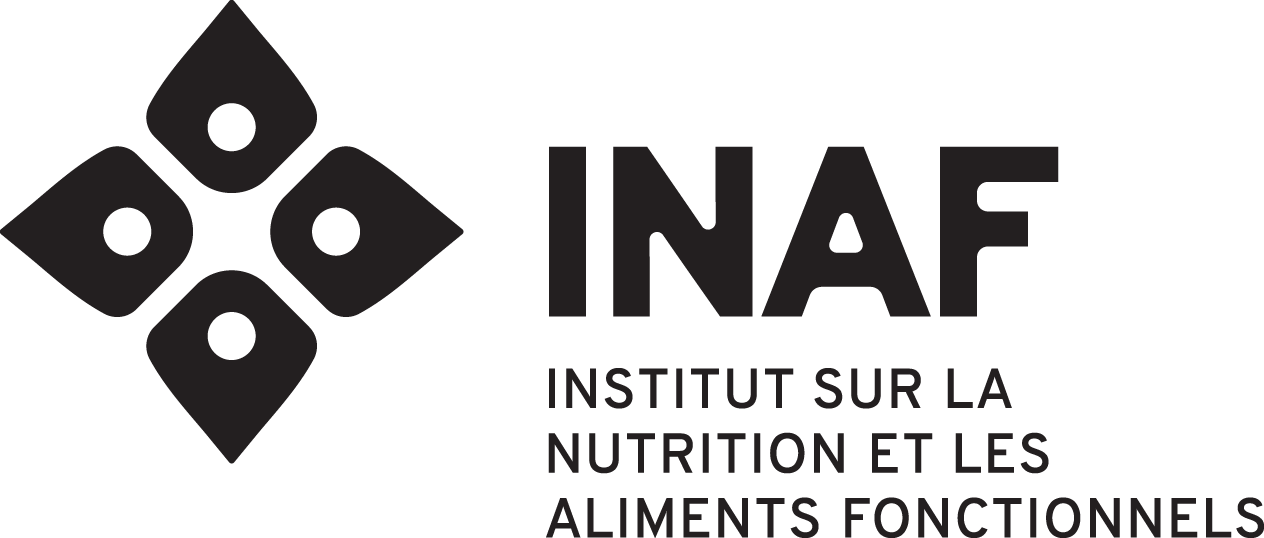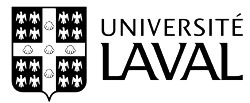Follow-up of Sliced Processed Meats
Follow-up portrait of the sliced processed meats available in Quebec (2017-2022)

488 products were listed for this study
Since 2017, the supply of sliced processed meats has increased by 22 % in saturated fat.
As in 2017, almost all sliced processed meats have high levels of sodium.
Highlights
This monitoring shows that the average supply of sliced processed meats has deteriorated since 2017. Indeed, the 2022 meat supply contains more energy and lipids, but it is above all the 22% increase in saturated fat which is the most significant change. These increases seem attributable to the arrival on the market of new meats higher in these nutrients. However, when sales are considered, these results are no longer significant. This indicates that the consumers have not necessarily purchased these new products richer in energy and lipids. In addition to saturated fats, sodium remains a nutrient of interest. Although no significant variation has been noted since 2017, 94% of meats listed (representing 98% of sales) are above the 15% DV threshold for sodium. Therefore, if no improvement is provided by the end of the implementation period (January 1, 2026), 96% (100% of sales) of meats analyzed in this report must display the nutritional symbol revealing a high content in sodium and 46% (42% of sales) for high saturated fat content.
Full report
The mission of the Food Supply Quality Observatory is to observe and monitor the evolution of the food supply in order to generate new knowledge and to act collectively to improve its quality and accessibility. The follow-up studies carried out by the Observatory aim to monitor the evolution of food categories of public health concern over time. Five years after the analysis of the initial portrait, the sliced processed meats category was analysed again and this report therefore presents the results of the follow-up analysis of this food category.
Method
The data used for this portrait was collected in collaboration with:
Nutritional composition:

Consumer purchases:

The steps to create this portrait are:

© Food Quality Observatory - INAF, Université Laval, 2019-2021

